Tribal district BHUs face medicine shortage
Tribal district BHUs face medicine shortage
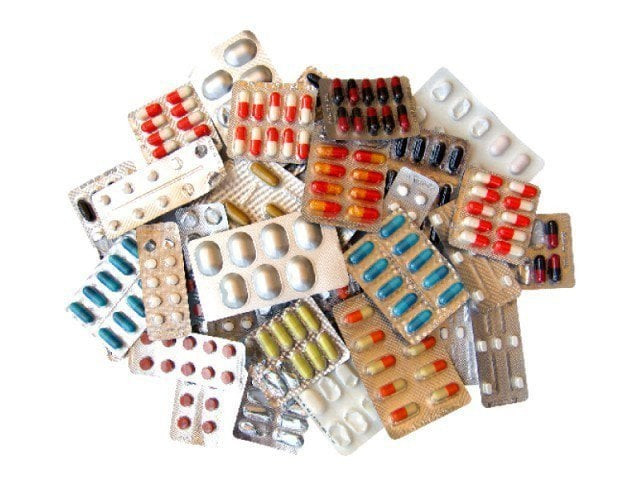
Health care centers in the newly merged tribal districts are faced with medicine shortage and in Basic Health Units (BHU) the availability ratio is just 56 percent. In the Community Health Centers (CHC) only 50 percent medicines are available and in Civil Dispensaries 40 percent medicines are available.
A report of the Health Department shows that the shortage of vital medicines is a permanent issue in these units across the former Fata.
Sources in the Health Department told The Express Tribune that a comprehensive survey has been carried out in the newly merged districts in which 20 vital medicines and their availability in the government health centers was checked and it was discovered that only 56 percent medicines were available in stocks in these units.
“Bannu subdivision is a region where only three percent medicines were found available in the stock. In Upper Kurram the availability ratio was found to be 85 per cent, South Waziristan 79 per cent, Lower and Central Kurram 74 per cent, Mohmand 67 percent and in subdivision Lakki Marwat 59 per cent,” said an official, adding that in Orakzai district 57 percent drugs were available, Khyber 52 per cent, Bajaur 52 per cent, Kohat subdivision 46 per cent, Peshawar subdivision 42 per cent, DI Khan 38 per cent, Tank 37 per cent and North Waziristan 24 per cent.The survey also checked the availability of water, drinking water, boundary wall, waiting space, electricity and backup power.
“It was discovered that infrastructure was complete in only two percent of centers. Around 11 percent units are without these inputs, 31 percent units are with four to six percent infrastructure,” said the officials.
The survey found that only 54 percent health units were with waiting space for patients, 52 percent with clean drinking water, 49 percent with electricity, 35 percent with boundary walls, 23 percent with toilets and 11 percent centers were with power back-up.
Published in The Express Tribune, February 25th, 2021.

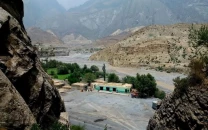

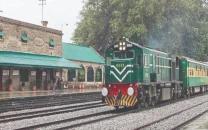

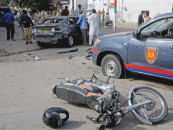
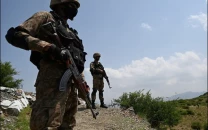












COMMENTS
Comments are moderated and generally will be posted if they are on-topic and not abusive.
For more information, please see our Comments FAQ